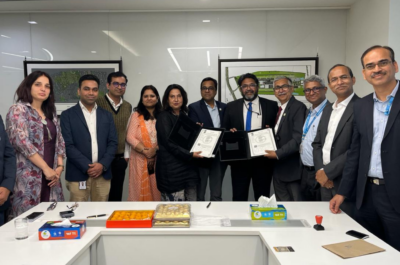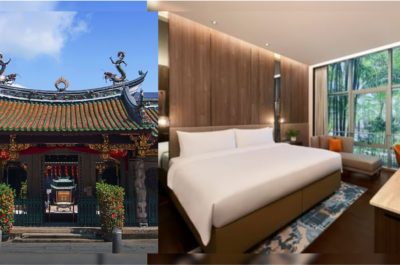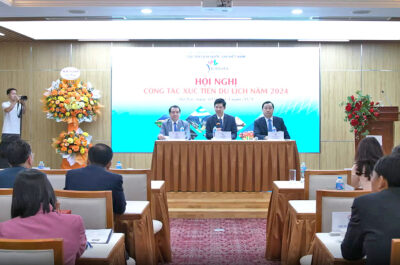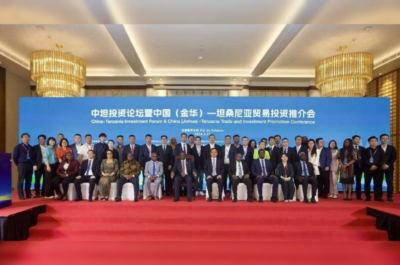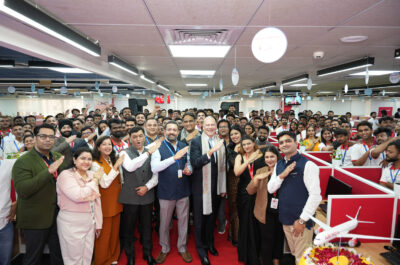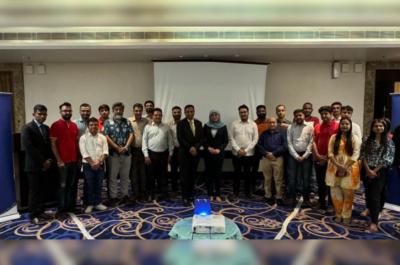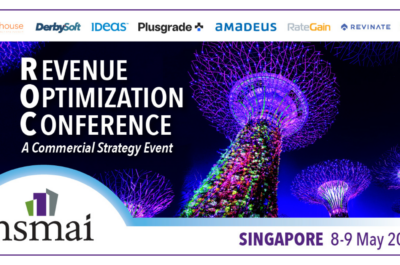…
Think about it – feedback from your web site is an unbelievable source of information that should be one of the most valuable weapons in your entire marketing arsenal – especially when it comes to building customer loyalty and enhancing customer satisfaction. I said should be, because web site owners must first be able to collect and interpret that feedback so they can turn it into action. Do you have a plan for collecting and responding to customer feedback? A note of caution – soliciting customer feedback without the proper tools and plan of action is even more dangerous than doing nothing at all. It’s like asking a guest if they enjoyed their stay and leaving before they can respond.
You need to have a mechanism in place that can capture the true feelings of your visitors. It makes perfect common sense to hear and listen to what people have to say. The more you listen, the sooner you can take action to create an experience that really connects with your guests. Feedback is particularly important for the marketing team working on your site. To be effective, your marketing team needs to get inside the hearts and minds of your customers to discover the issues that matter most to them – in real-time and with exact details. They need to know what if any changes to the site might enhance the customer’s level of satisfaction. They need to be able to listen to what customers have to say and paint a picture of the strengths and weaknesses of your visitor’s experience. Once you understand who, when, and why visitors are coming to your site, if you have the right analytics, you can start to predict the key criteria of user satisfaction. As well, listening helps you track trends and create benchmarks to assess how your site stacks up against the competition and aggregated industry norms.
If you aren’t listening to your customers then how on earth do you know what to say to them?
The key objective of most web sites in the hospitality sector is to increase revenues via online reservations. Secondary objectives are focused on supporting and enhancing your marketing and advertising efforts as well as strengthening your property’s relationship with its customers. And because relationships are dynamic, what you need today to build a strong relationship with your customer may be very different from that of tomorrow so you not only have to listen to your customers, you need to do it on a continuous basis – something we call “continuous listening”.
By continuously listening to and responding to what users like and don’t like about your property and/or its e-commerce media, you create a strong bond with your customer that turns visitors into repeat customers and repeat customers into loyal advocates – in effect, your users become “in the trenches” visionaries for your hotel as well as advance scouts and pro bono consultants so to speak.
The key to building such loyalty is not only discovering these previously invisible connectors, but also knowing how to use them to increase the relationship with your site visitor. The deeper the bond, the greater the value each brings to the relationship, and the stronger the bond.
When organizations regard site visitors as long-term assets, they maximize this exchange of value. By listening to site visitors, responding to them and collaborating on what the relationship means from their point of view, you not only increases your web site’s ROI, you gain other valuable benefits such as user advocacy, brand loyalty and trust.
With so much at stake, it seems strange to me that so many hospitality organizations pay such little attention to collecting feedback from their visitors.
If you are a smart businessperson you realize that by listening to what your web site visitors are saying you can quickly learn who your web visitors are and collect valuable demographic information about them such as the purpose of their visit and how often they travel etc. For each of the ‘communities’ of your targeted customers, you can learn about their likes and dislikes and their level of overall satisfaction with your site and even your hotel. You can ask questions that reveal what they hope to accomplish on your web site. Are they there to make a reservation or to seek additional information about rates? And finally you can learn why key targeted communities of customers do the things they do on your site and most importantly what will bring them back to make an online reservation?
User feedback is a valuable business intelligence tool that no web site owner in the hospitality sector can ever afford to ignore. As I said earlier, it`s amazing to me how many sites are created (or re-created) without anyone stopping to ask the people who really count — the customers — what they need. It may seem obvious but when it comes to the web, there`s often a huge disparity between the site owners viewpoint of what it needs to communicate and what its audience is really looking for. A site organized by functional departments is usually useless to customers who don`t care what department something`s in. They just want a problem solved. On the other hand, a highly creative site might be completely wrong if your customers are looking for comparative room data, or interactive assistance in making a reservation.
So how do you find out what your users want? To begin with, simply STOP and listen to what they have to say. To do this, you need to be able to create a framework of some kind that allows you to collect and organize the feedback.
The web offers you a unique opportunity for taking the pulse of your present guests and prospective customers. Something that is prohibitively expensive in the real world. On the web, technology allows us to automate the process of collecting feedback so that each and every customer gets a chance to be heard — at an extremely low cost compared to traditional marketing research methods. We know from our experience working with twenty-six of the leading brands in the hospitality sector that incoming customers who answer a few short questions can deliver valuable attitude and usage data quickly and relatively painlessly. Once this data is collected, we for example use a perceptual framework to map the experience for future comparison. And what is even more interesting and exciting is the ability to also move your traditional “in-room” guest satisfaction surveys online using tools that mirror your online user’s experience. Imagine the information and insights you’ll find when you are able to integrate online and offline research into one database.
The Internet has empowered consumers and given them the power to vote with their mouse as well as their feet. Hotels must learn how to adapt to this new environment and continually satisfy the needs of their customers if they wish to remain competitive and maintain or grow their share of market. I believe that customer feedback can be used to build and maintain a relationship between a hotel and its stakeholders and in fact, understanding, interpreting and correctly responding to this feedback is the key to successful business and solid branding. It is about a promise of assurance and a perception of future excellence that leads to establishing a solid customer relationship and ongoing user loyalty.
Jerry Tarasofsky is CEO of iPerceptions Inc, a company whose attitudinal analytics solutions capture the attitudes and perceptions of actual web site visitors within the context of their actual site visit to discover the issues that matter most to them. These solutions use proprietary predictive modeling to measure and evaluate independent elements of a user’s total web site experience to predict how various site attributes impact site satisfaction. The solutions deliver forward focused decision-support, actionable information and industry best-practice benchmarks resulting in enhanced user loyalty, increased profits and a more solid ROI.



